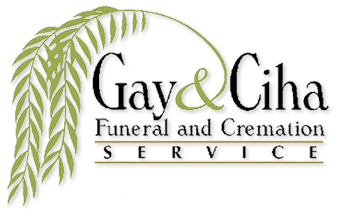Can I Have a Cremation and a Visitation?
The common misconception about cremation is that it is not possible to have a visitation, wake or more formal services. Visitations are not only allowed before a cremation; they are a popular and appropriate choice for many families.
What is a Wake or Visitation?
Many people believe they cannot have a wake or visitation if their loved one is being cremated. The reason for this is that a wake or visitation involves spending time with the body prior to the funeral service. A wake typically occurs in the presence of the casket, with the embalmed remains of their loved ones on the inside. Visitations are sometimes a little bit different, in that they do not require the deceased to be present. These gatherings often take place the day before or even the day of the funeral or memorial services.
The Most Common Misconception
The most common mistake that people make in regards to cremation and visitations is thinking someone planning for cremation cannot be embalmed. This is simply not true. Many people choose to be embalmed prior to cremation in order to allow for a viewing, wake, or funeral service.
Some people also choose to have a visitation with the urn and ashes present instead of an open or closed casket. When it comes to funeral customs and traditions, almost everything can be personalized to meet the last wishes of the deceased and their family.
What about the Casket?
When it comes to the casket used in a wake or visitation, there are several options available. Most common is the use of a ceremonial “rental” casket. This casket is made of a hardwood shell, and the interior is actually a cremation container, but to everyone else, appears as a typical, hardwood casket. The interior is cremated with the deceased after visitation or services and only the hardwood shell is re-used. This is a more environmentally friendly and more economical option than the use of a cremation casket.
What happened after the visitation or services?
Following the visitation or funeral services, depending on family preferences, cremation will take place at our crematory. Those cremated remains can then be returned to family members, buried at a cemetery, or placed in a columbarium. These final services can be done simply by a funeral director and cemetery staff, privately with family members, or publicly where everyone would be invited to the cemetery. If inurnment or committal services are taking place in a cemetery setting, this is often the time where military rites would be rendered to our nation’s veterans.
If you have any questions about this or would like to ask a question that hasn't been discussed, please feel free to contact us.












Comments